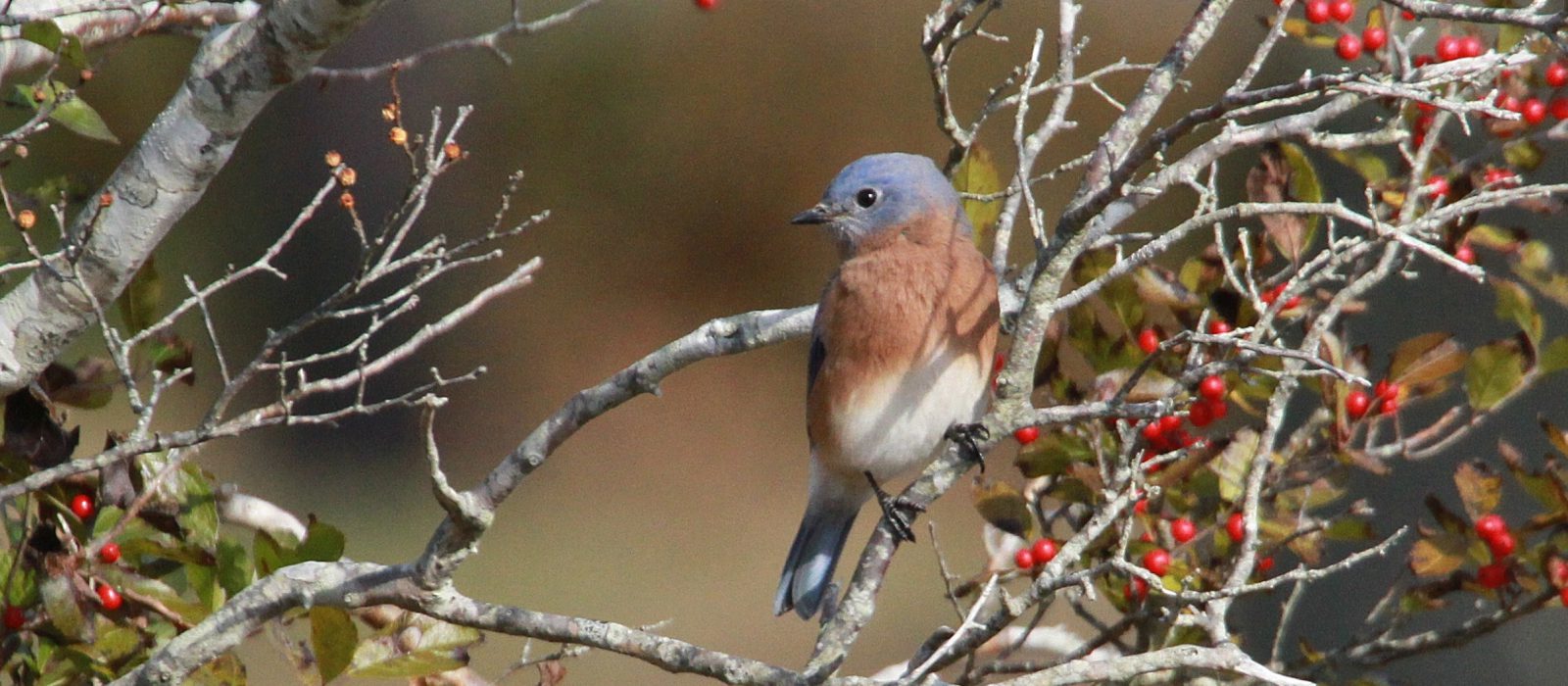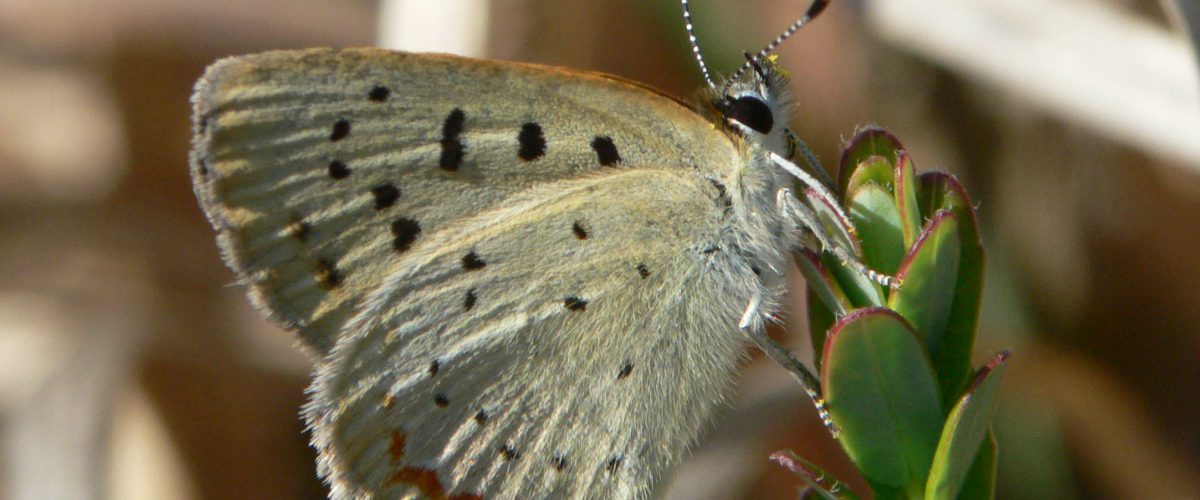Over the course of 50 years, populations of terrestrial insectivorous birds have declined by about 2.9 billion individuals (Tallamy & Shriver, 2021). Recent research suggests a strong correlation between these insectivorous bird declines and similar declines in insect populations.
Caterpillars and other invertebrates provide protein and calcium for bone and tissue growth of nearly all nesting birds. Even the beloved hummingbird, known to be a nectar-feeding bird, is largely dependent on insect and spider populations, especially during the breeding season. The connection between declining bird and insect populations merits more research, particularly since not all arthropods serve equally well as food for wildlife.
Similarly, not all plant species equally support native insect species. Increasing abundance and distribution of invasive plants is a major contributor to native wildlife declines. One study found 96% less insect and plant food available for birds in non-native systems than in native habitats (Tallamy, 2019).
Native plants offer greater utility for wildlife because they have coevolved with insects over an evolutionary time scale. The growing abundance of introduced species on our landscapes results in less appropriate plant food for insects, in turn reducing sustenance for animals higher up the food chain such as birds, bats, amphibians, and reptiles. Furthermore, disjointed systems, where development has fragmented larger areas of native vegetation, are vulnerable to encroachment by invasive plants and animals due to the increased amount of edge habitat. Landscapes dominated by introduced species offer, in effect, oversimplified habitats and reduce the ability of natural systems to withstand disturbances and support native flora and fauna.
Biodiversity is not solely a reflection of abundance but also of the interactions of natural community members with one another. Understanding the interconnectedness of plants and animals, and the services that humans enjoy from those relationships, is imperative to sustaining intact ecosystems. As Doug Tallamy states in Nature’s Best Hope (2019), the extinction of ecological interactions is the most insidious form of extinction. Conservation of such relationships should not only fall to environmentalists and conservation organizations. Efforts by individuals are needed to successfully sustain biodiversity and ecosystem function.
Natural Neighbors is a free program that collaborates with homeowners and others to help wildlife populations flourish amid habitat loss and fragmentation, extreme weather events, and climate change. We help landowners create beneficial conditions for the species most likely to thrive at the site. We encourage you to be a part of the solution, and one way is to incorporate native plants into your managed landscapes. Natural Neighbors is working towards the development of a native plant CSA (community-supported agriculture) to increase the supply of native species adapted to Martha’s Vineyard’s local climate and soil conditions. To learn more about the Natural Neighbors Program visit https://biodiversityworksmv.org/programs-projects/natural-neighbors/.
Tallamy, D.W. (2019). Nature’s best hope: a new approach to conservation that starts in your yard. Portland, Oregon: Timber Press.
Tallamy, D.W., Shriver, W.G. (2021, February). Are declines in insects and insectivorous birds related?, Ornithological Applications, Volume 123, Issue 1, https://doi.org/10.1093/ornithapp/duaa059

